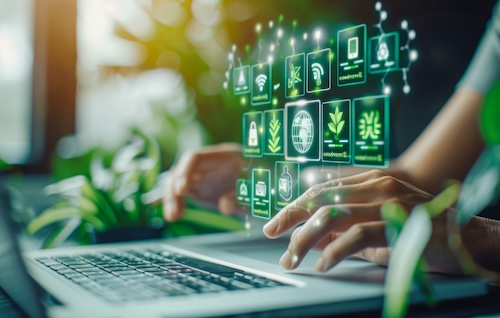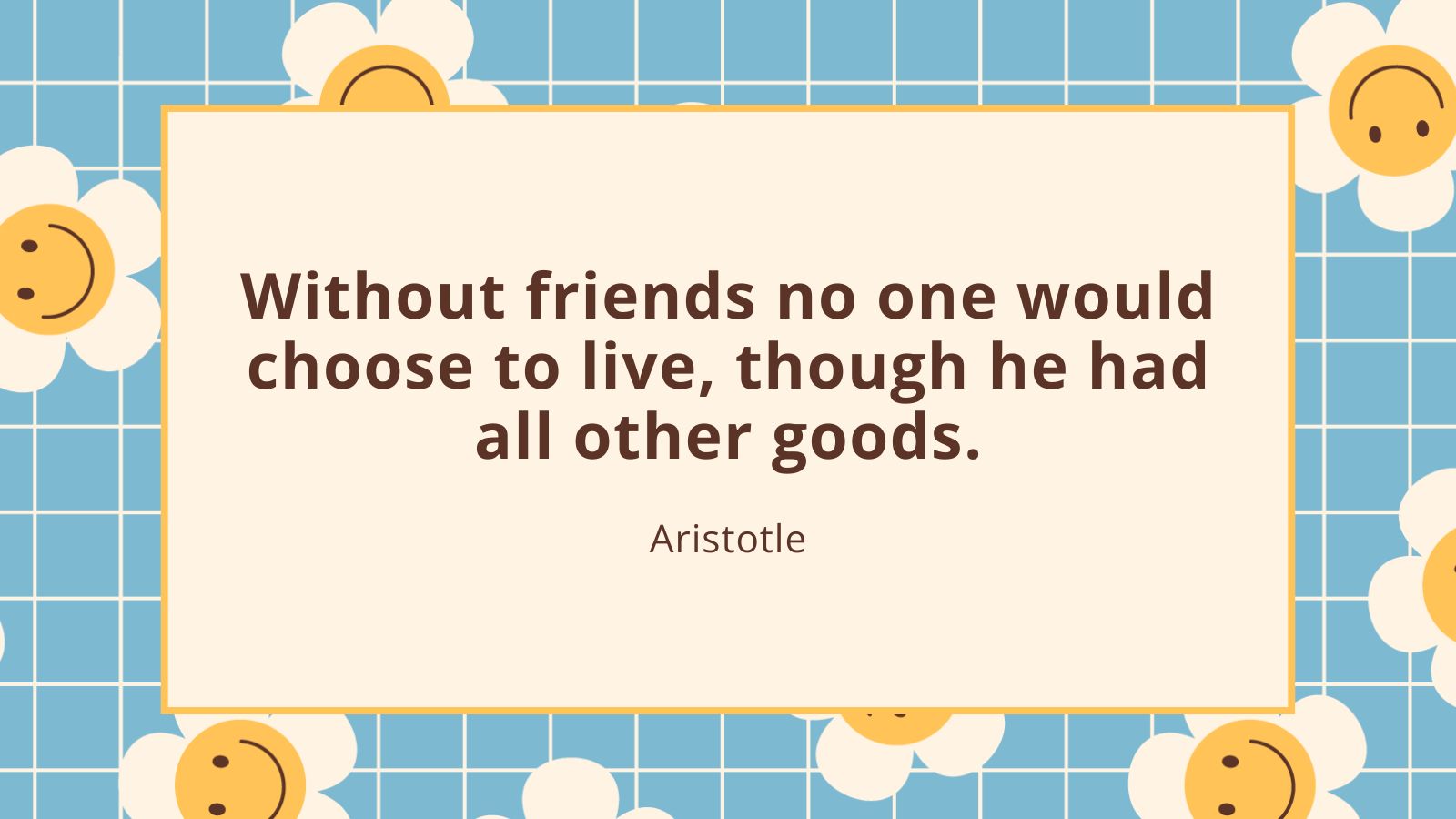
Key points:
- Modern edtech and teacher support can improve sustainability efforts
- 5 education innovation trends to watch in 2025
- Skibidi anarchy: Post-pandemic classroom technology
- For more news on edtech, visit eSN’s Innovative Teaching hub
Educational technology, or edtech, has reshaped how educators teach, offering opportunities to create more sustainable and impactful learning environments.
Using edtech in teaching, educators and school leaders can reduce environmental impact while enhancing student engagement and creativity. The key is recognizing how to effectively leverage edtech learning strategies, from digitized lesson plans to virtual collaboration, and keeping an open mind while embracing new instructional methods.
Rethinking teaching methods in the digital age
Teaching methods have undergone significant transformation with the rise of educational technology. Traditional classroom settings are evolving, integrating tools and techniques that prioritize active participation and collaboration.
Here are three edtech learning strategies:
- The flipped classroom model reverses the typical teaching structure. Instead of delivering lectures in class and assigning homework, teachers provide pre-recorded lessons or materials for students to review at home. Classroom time is then used for hands-on activities, group discussions, or problem-solving tasks.
- Gamification is another method gaining traction. By incorporating game-like elements such as point systems, leaderboards, and challenges into lesson plans, teachers can motivate students and make learning more interactive. Platforms like Kahoot and Classcraft encourage participation while reducing paper-based activities.
- Collaborative online tools, such as Google Workspace for Education, also play a critical role in modern classrooms. They enable students to work together on projects in real time, eliminating the need for printed resources. These tools enhance teamwork and streamline the sharing of information in eco-friendly ways.
Sustainability and innovation in education
Have you ever wondered how much paper schools use? There are approximately 100,000 schools in this country that consume about 32 billion sheets of paper yearly. On a local level, the average school uses 2,000 sheets daily–that comes out to $16,000 a year. Think about what else that money could be used for in your school.
Here are ways that edtech can reduce reliance on physical materials:
- Digital textbooks minimize the need for printed books and reduce waste. Through e-readers, students access a vast library of resources without carrying heavy, paper-based textbooks.
- Virtual labs provide another example of sustainable education. These labs allow students to conduct experiments in a simulated environment, eliminating the need for disposable materials or expensive lab setups. These applications offer interactive simulations that are cost-effective and eco-conscious.
- Schools can also adopt learning management systems to centralize course materials, assignments, and feedback. By using these platforms, teachers can cut down on printed handouts and encourage digital submissions, further reducing paper usage.
Additionally, edtech platforms are beginning to incorporate budget-friendly tools designed with sustainability in mind; some of these resources are free. For instance, apps that monitor energy consumption or carbon footprints in school operations can educate students about environmental stewardship while encouraging sustainable practices in their own lives.
Supporting teachers in the shift to edtech
Transitioning to edtech can be a challenging yet rewarding experience for educators. By streamlining administrative tasks and enhancing lesson delivery, technology empowers teachers to focus on what matters most: engaging students.
Circling back to having an open mind–while many teachers are eager to adopt edtech learning strategies, others might struggle more with technology. You need to expect this and be prepared to offer continuous support. Professional development opportunities are essential to ease the adoption of edtech. Schools can offer workshops and training sessions to help teachers feel confident with new tools. For instance, hosting peer-led sessions where educators share best practices fosters a collaborative approach to learning and implementation.
Another way to support teachers is by providing access to online resources that offer lesson plans, tutorials, and templates. Encouraging experimentation and flexibility in teaching methods can also lead to better integration of technology. By allowing teachers to adapt tools to their unique classroom needs, schools can foster an environment where innovation thrives.
If you’re concerned about bumps on this road, remember teachers have common traits that align with edtech. Good teachers are organized, flexible, have communication skills, and are open-minded. Encourage a team approach that’s motivating and leverages their love of learning.
Bringing sustainability and enhanced learning to classrooms
The integration of edtech learning strategies into classrooms brings sustainability and enhanced learning experiences to the forefront. By reducing reliance on physical materials and introducing eco-friendly tools, schools can significantly lower their environmental impact. At the same time, teachers gain access to methods that inspire creativity and collaboration among students.
There’s also this: Edtech learning strategies are constantly evolving, so you’ll want to stay on top of these trends. While many of those focus on learning strategies, others are more about emergency response, safety, and data management,
Investing in modern technologies and supporting teachers through training and resources ensures the success of these initiatives. By embracing edtech learning strategies, educators and administrators can create classrooms that are not only effective but also sustainable–a win for students, teachers, and the planet.
Educational technology, or edtech, has reshaped how educators teach, offering opportunities to create more sustainable and impactful learning environments. Edtech Trends, Featured on eSchool News, Innovative Teaching, classrooms, creativity, edtech, educational technology, educators, leaders, learning, school, school leaders, student eSchool News







